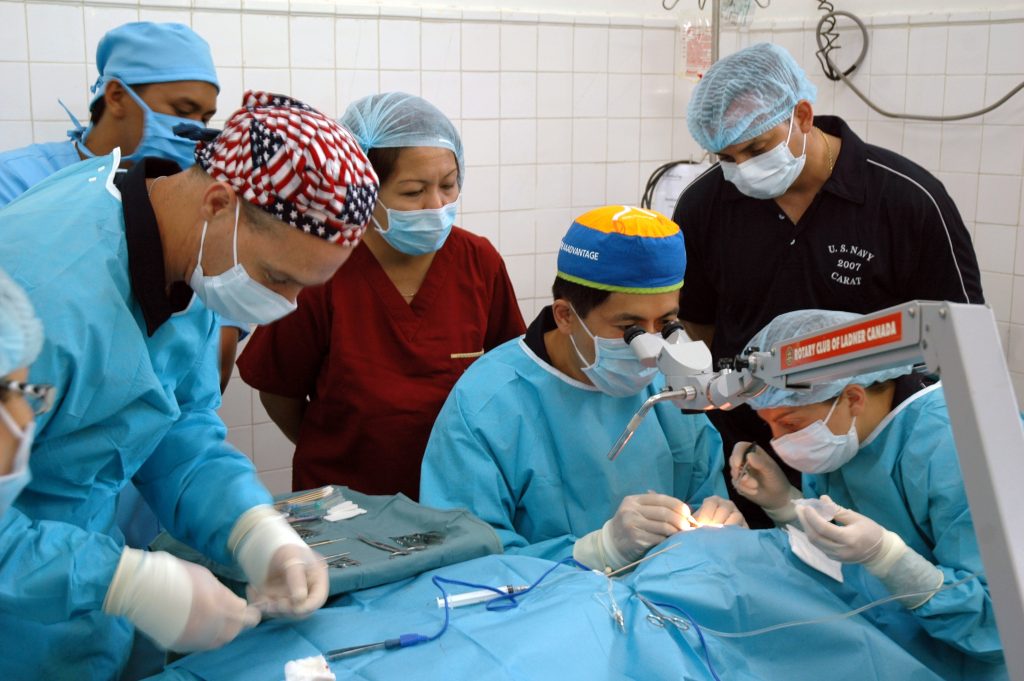 “Causation is an issue of fact.” “It is the test for determining the causal relationship between an accident and an ensuing injury.” D’Angelo v. Guarino. This definition was vital in the following case.
“Causation is an issue of fact.” “It is the test for determining the causal relationship between an accident and an ensuing injury.” D’Angelo v. Guarino. This definition was vital in the following case.
In this case, court records revealed that Dwayne Levine (Plaintiff) was involved in an accident in 2012 that required two surgeries to his right ankle: one to help stabilize it and the other to fuse his bones to his ankle. In early 2013, the Plaintiff was recovering and about to transition from a boot to a shoe, though he still reported faint pains.
However, on July 26, 2013, before the Plaintiff’s six-month follow-up, he re-injured his right foot when he slammed on his car brake to avoid a road collision. Soon after the incident, the Plaintiff experienced pain and went to the hospital. There, he received a splint and medication. At his follow-up visit, he did physical therapy and was given more pain medication. When his pain continued, a CT scan revealed the sub-talar joint had not fused since his initial surgery. As a result, a revision surgery was done in October 2013 to fuse the joint and remove the metal implant. A skin graft procedure was also done to stop an infection and care for the injury.
Although the Plaintiff was being treated for his pre-existing ankle injury, the accident caused him to need additional surgery. Thus, the Plaintiff filed a Petition for Damages, and he was awarded special and general damages totaling $87,652.20: $37,652.20. The Plaintiff and Defendant filed cross-appeals disputing the amount of the award given. The Defendant argued that the Plaintiff’s damages award should be reduced because he did not establish a causation between the surgery and the accident. However, the Plaintiff claimed the award should be increased because he found a causal link between 50% of the recent surgery and the skin graft.
During the case, the Plaintiff’s treating physician, Dr. Rodriguez, testified that he was unsure whether the non-union of the joint was caused by the accident. He testified the revision surgery was necessary due to the failure of the sub-talar joint to properly fuse and that, most likely, the joint was never properly fused after the second surgery. He further testified it was not routine to take out the metal implant, but the Plaintiff’s complaints of pain were a cause for concern. He testified that trauma could dislodge the implant and cause pain. He also further testified that the implant removal could be related to the accident because the Plaintiff complained of pain and discomfort after the accident.
The Defendant relied on Dr. Rodriguez’s testimony that the third surgery was needed because the sub-talar joint never fused after the second surgery. However, the Defendant ignored that trauma could cause the metal implant to dislodge, related to the subject accident.
The court found that the doctor’s testimony and the Plaintiff’s documented injuries and feelings prove that the accident impacted the Plaintiff’s prior wound. This was the trial court’s reasoning when they attributed fifty percent of the third surgery to the subject accident for the removal of the metal implant. The lack of medical expert testimony also affected why the court believed the Plaintiff did not show proof of cause. Therefore the damages awarded were not valid. The trial court also considered the expert and lay witness testimonies and concluded the trial court did not commit an error. The trial court judgment was affirmed.
Additional Sources: Dwayne Levine Versus Allstate Insurance Company, Kristyn, Mark Harris, and Progressive Paloverde Insurance Company
Written by Berniard Law Firm Blog Writer: Needum Lekia
Other Berniard Law Firm Articles on: Adequate Medical Evidence Required To Establish Causation Of Alleged Injuries
 Louisiana Personal Injury Lawyer Blog
Louisiana Personal Injury Lawyer Blog

